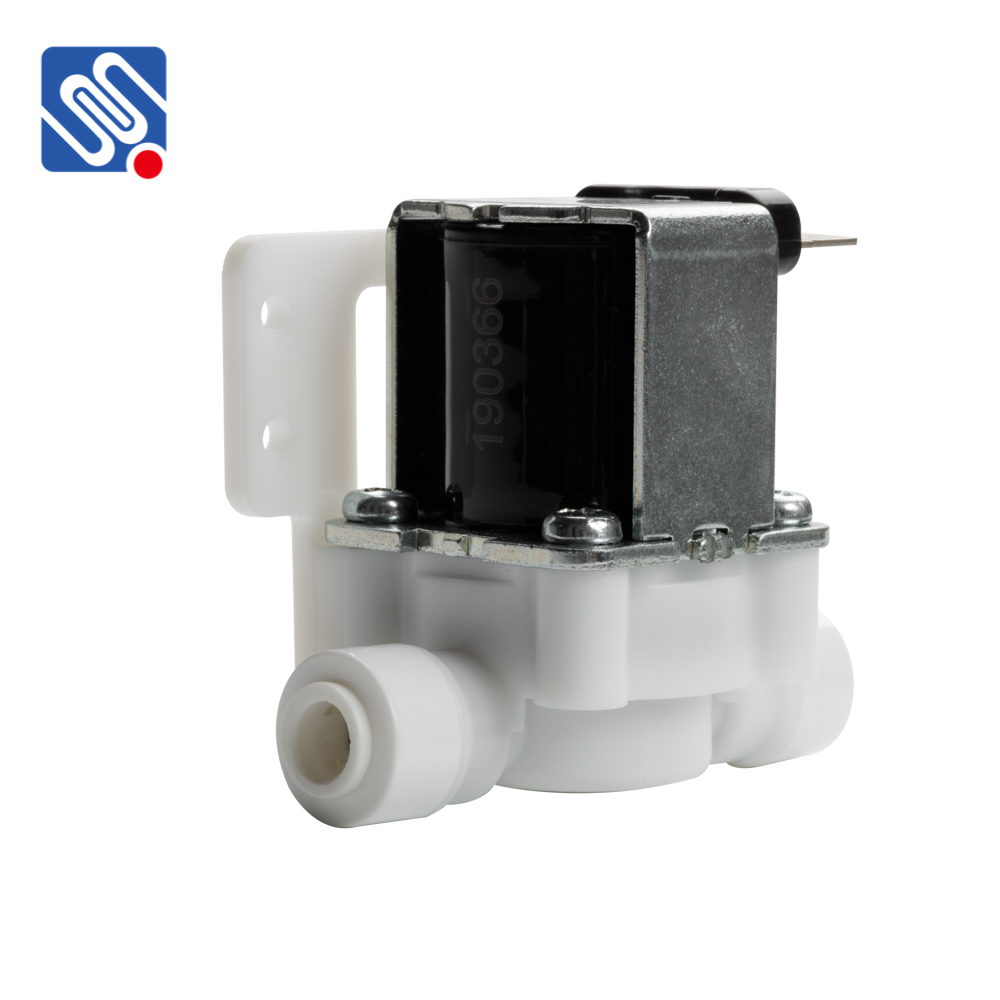understanding reverse osmosis solenoid valves: a key component in water filtration systems
Release time:2025-04-19 00:06:21
Reverse osmosis (RO) systems are widely used for water purification, providing clean and safe drinking water by removing impurities and contaminants. One of the essential components in an RO system is the solenoid valve. This article will delve into the function, significance, and specific features of reverse osmosis solenoid valves, highlighting the innovative solutions offered by Meishuo.

What is a Reverse Osmosis Solenoid Valve?
A reverse osmosis solenoid valve is an electromechanical device that controls the flow of water within an RO system. It operates by using an electromagnetic coil to open or close the valve, allowing water to flow through the system when needed and stopping it when not in use. This mechanism ensures that the filtration process operates efficiently and that water is conserved.
How Does it Work?
When the RO system is activated, a signal is sent to the solenoid valve, energizing the electromagnetic coil. This action causes the valve to open, allowing water from the source to enter the filtration system. Once the desired pressure is reached or the system is turned off, the signal is cut, and the valve closes, preventing backflow and ensuring that only purified water is delivered to the tap.

